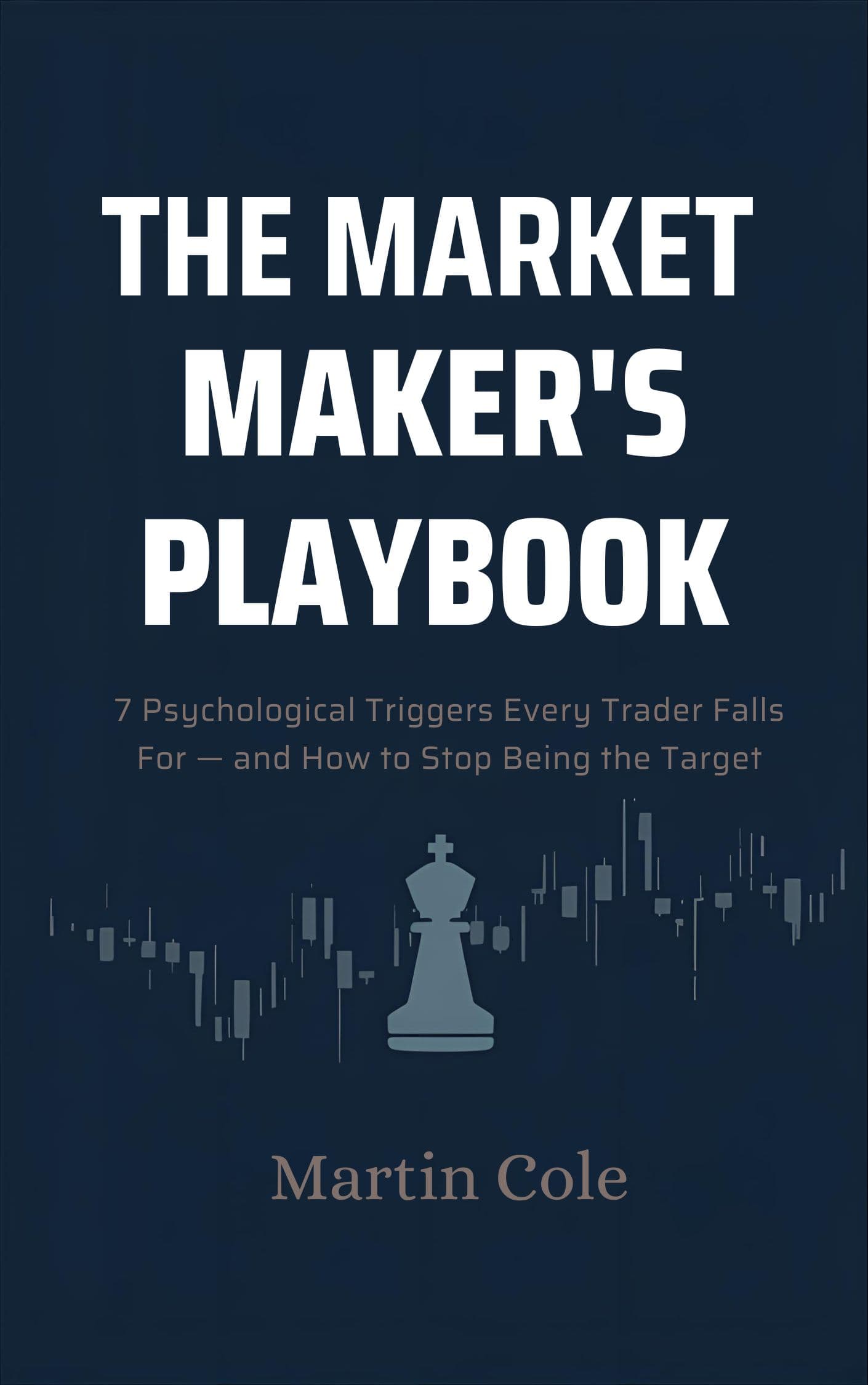Stuck at Break-Even? See What You're Missing
You're not new to trading. You understand support, resistance, and momentum. Yet somehow, you're still spinning your wheels. The problem isn't effort—it's perception.
The Break-Even Trap
You've put in the hours. You've studied patterns, backtested strategies, and refined your entries. Some trades work, some don't, and at the end of the month, you're roughly where you started.
This is the plateau most traders hit—and where most quit. Not because they lack discipline, but because they're playing the game with incomplete information.
What You're Not Seeing
Why Indicators Fail at This Stage
Moving averages, RSI, MACD—these tools measure price history. They're useful for confirming trends, but they don't show you the underlying structure of belief. They can't tell you when the crowd is being manipulated or when a move is genuine.
That's why you get caught in false breakouts, premature reversals, and stop hunts. You're trading the lagging signal, not the real-time dynamic.
Perception Over Indicators
The PAT AMD Indicator flips the script. Instead of asking "What did price do?", you ask:
- Pressure Points: Where conviction starts to become fractured. Early warning signs that the current trend is showing signs of fractured beliefs.
- Ray lines: Where accumulation pivots on underlying strength or weakness.
- The Floating Zone: Reveals underlying strength and weakness. And confirmation of trend change.
- Whale Markers: Where professional, large trading positions enter and exit (Smart Money Concept).
This is how institutional traders think. They don't chase candles—they read the AMD cycle (Accumulation, Manipulation, Distribution) and position accordingly.
What This Solves
If you're stuck at break-even, you're likely dealing with one or more of these issues:
- Entering too early or too late: You see the move but miss the AMD phase timing—entering during accumulation (too early) or after distribution (too late).
- Getting stopped out before the real move: You're positioned in the manipulation zone instead of waiting for distribution.
- Overtrading in choppy markets: You can't tell the difference between manipulation (noise) and distribution (real move).
The PAT AMD Indicator addresses all of this by showing you the three AMD phases—where accumulation builds, where manipulation tests belief, and when distribution (profit release) begins.
What You'll Notice First
Most traders who switch to PAT report the same thing: "I see the manipulation phase now." The false breakouts, the stop hunts, the liquidity grabs—they're all part of the manipulation phase in the AMD cycle, visible once you know what to look for.
Common Mistakes It Prevents
- Chasing breakouts that aren't real: Buffers and Pressure Points show you when the crowd is being manipulated before distribution.
- Exiting too soon: The Floating Zone helps you stay aligned with accumulation, not react to manipulation noise.
- Ignoring the AMD cycle: PAT keeps you focused on the three-phase structure—accumulation, manipulation, distribution—not what's exciting.
The Market Makers' Advantage
Here's what most retail traders don't realize: the market is designed to take your money. Not in a conspiracy way—in a structural way. Market makers profit from imbalance. They push price to where the crowd is positioned, trigger stops, and reverse.
PAT shows you this in real time. You see where the crowd is clustered (the Rays), where they're being tested (Pressure Points), and where the real flow is heading (the River).
That's the edge. Not prediction—perception. Trade the AMD cycle, not predictions.
Your Next Step
If you're serious about breaking through the plateau, start with the manual. It's not fluff—it's the complete framework, explained in detail with real chart examples.
You'll see exactly how to identify manipulation, read structure, and position yourself where the odds are in your favor.
Continue your path

Free Download: The Market Maker's Playbook
Learn the 7 psychological triggers market makers use to trap retail traders—and how to stop being the target.
Free instant download. No spam, ever.